 Music Diary
Music Diary Move Beyond Lease Beats to Expand Your Creativity
Lease beats may be a starting point for music producers, but transitioning away from them unlocks greater creative freed...
 Music Diary
Music Diary  Beat Marketing
Beat Marketing  Beatmaker Mindset
Beatmaker Mindset 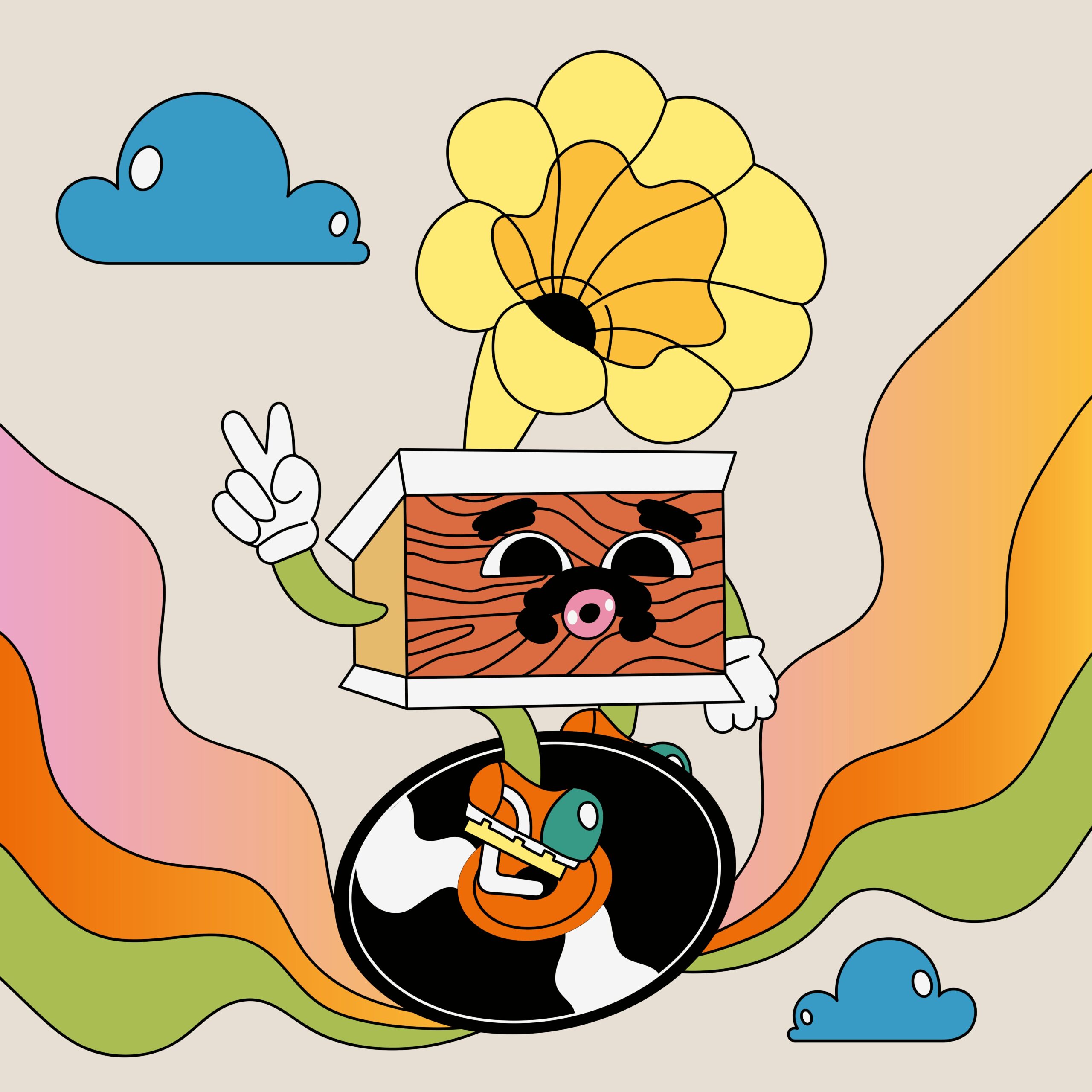 Beatmaking Tips
Beatmaking Tips  AI Music
AI Music 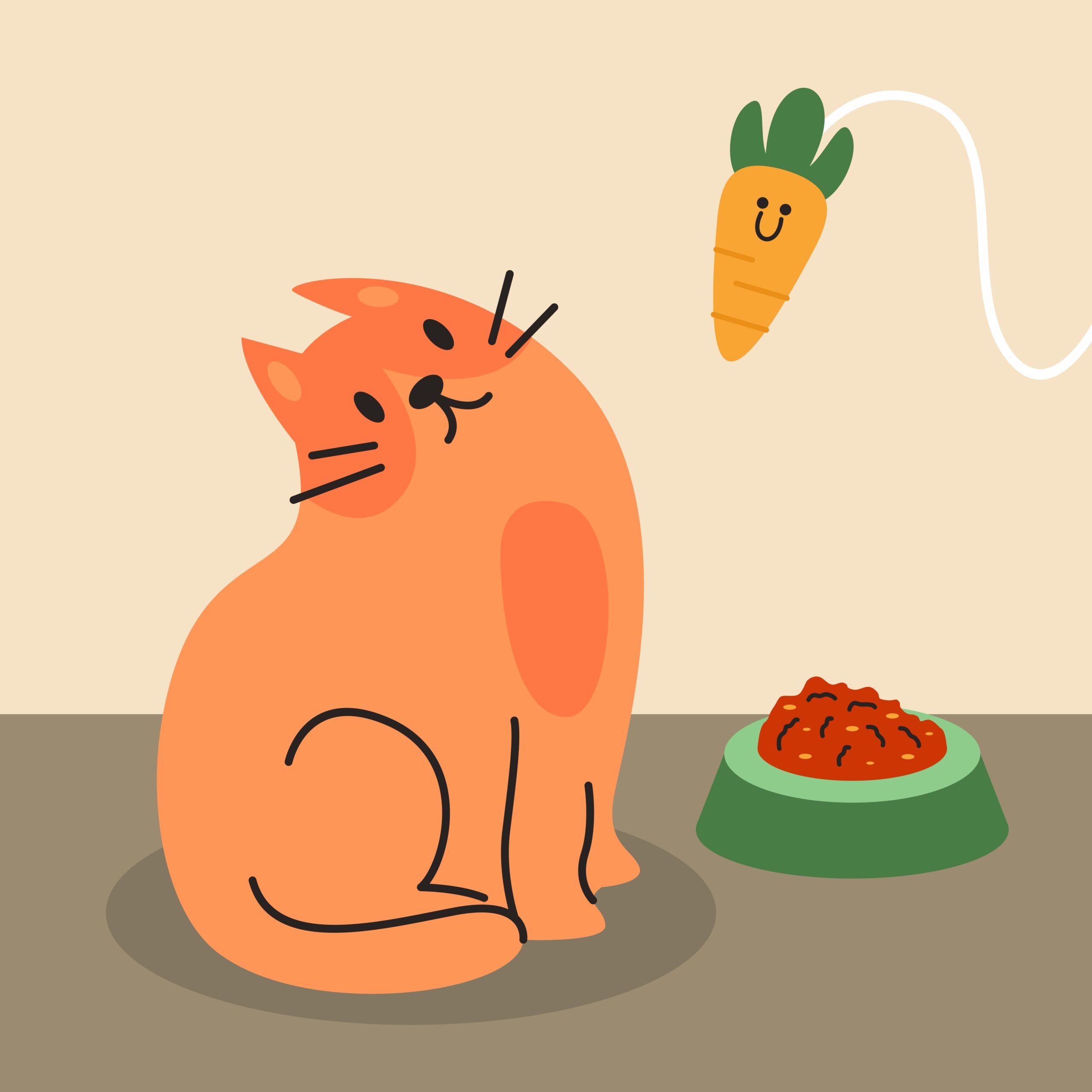 Music Diary
Music Diary 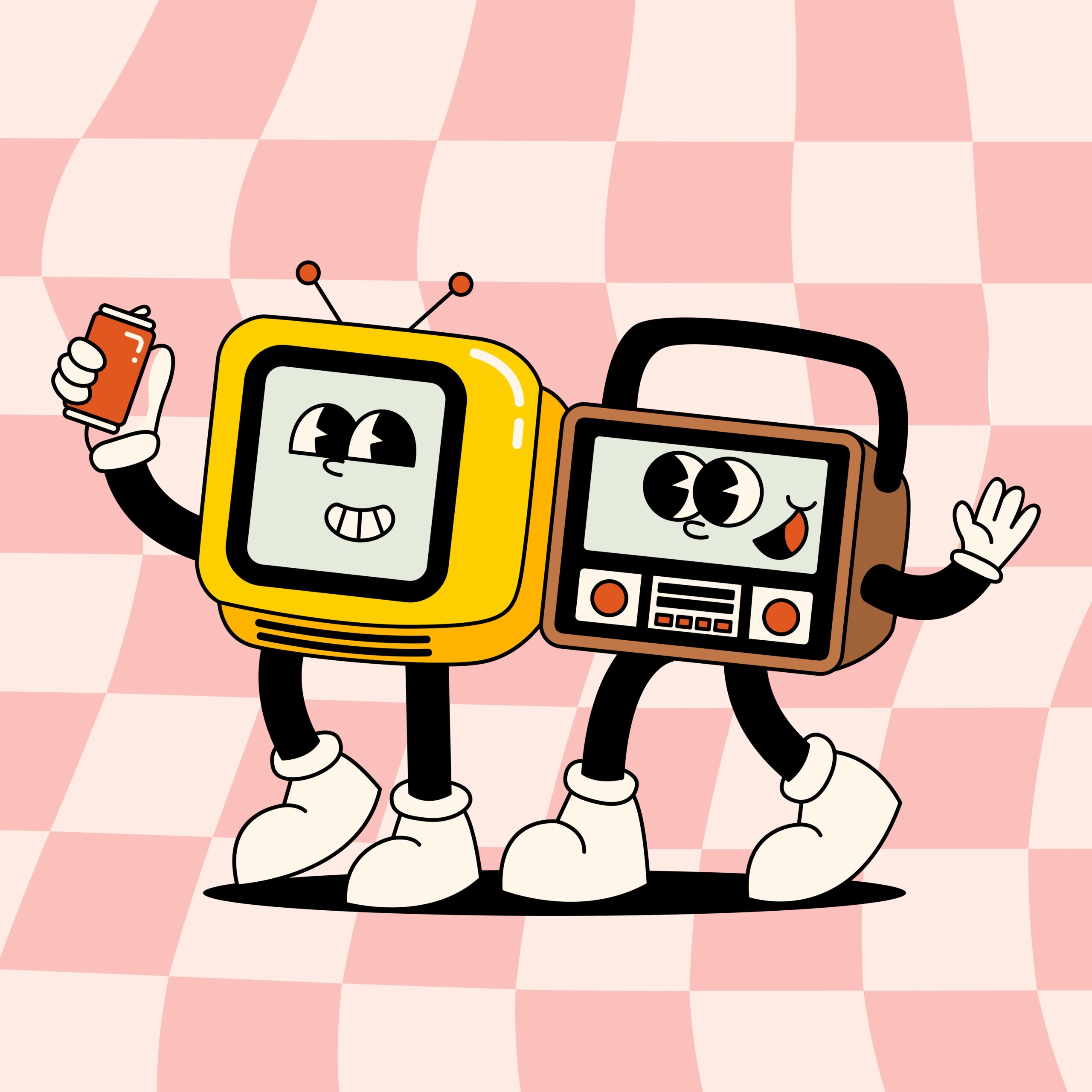 Beatmaking Tips
Beatmaking Tips 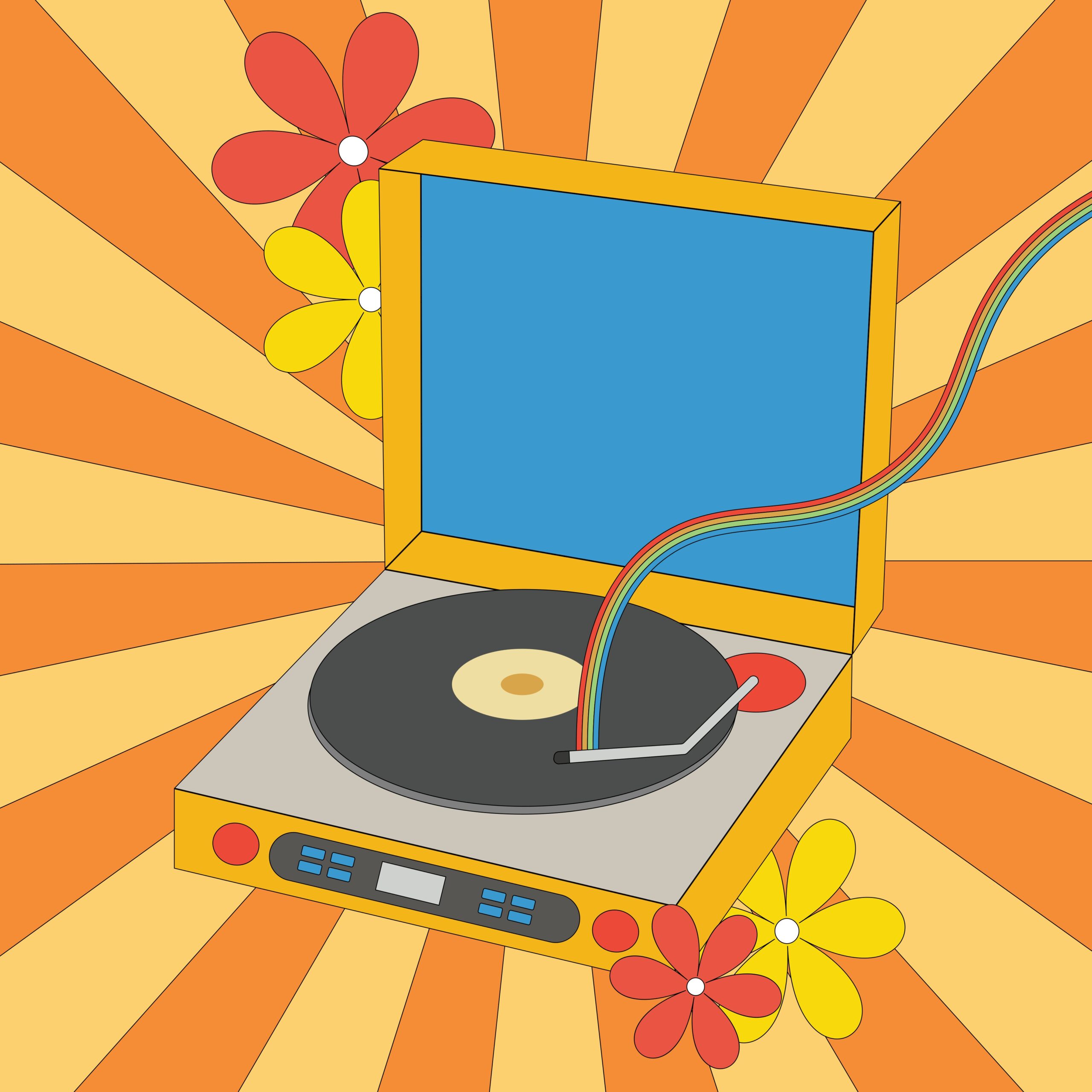 Beatmaking Tips
Beatmaking Tips 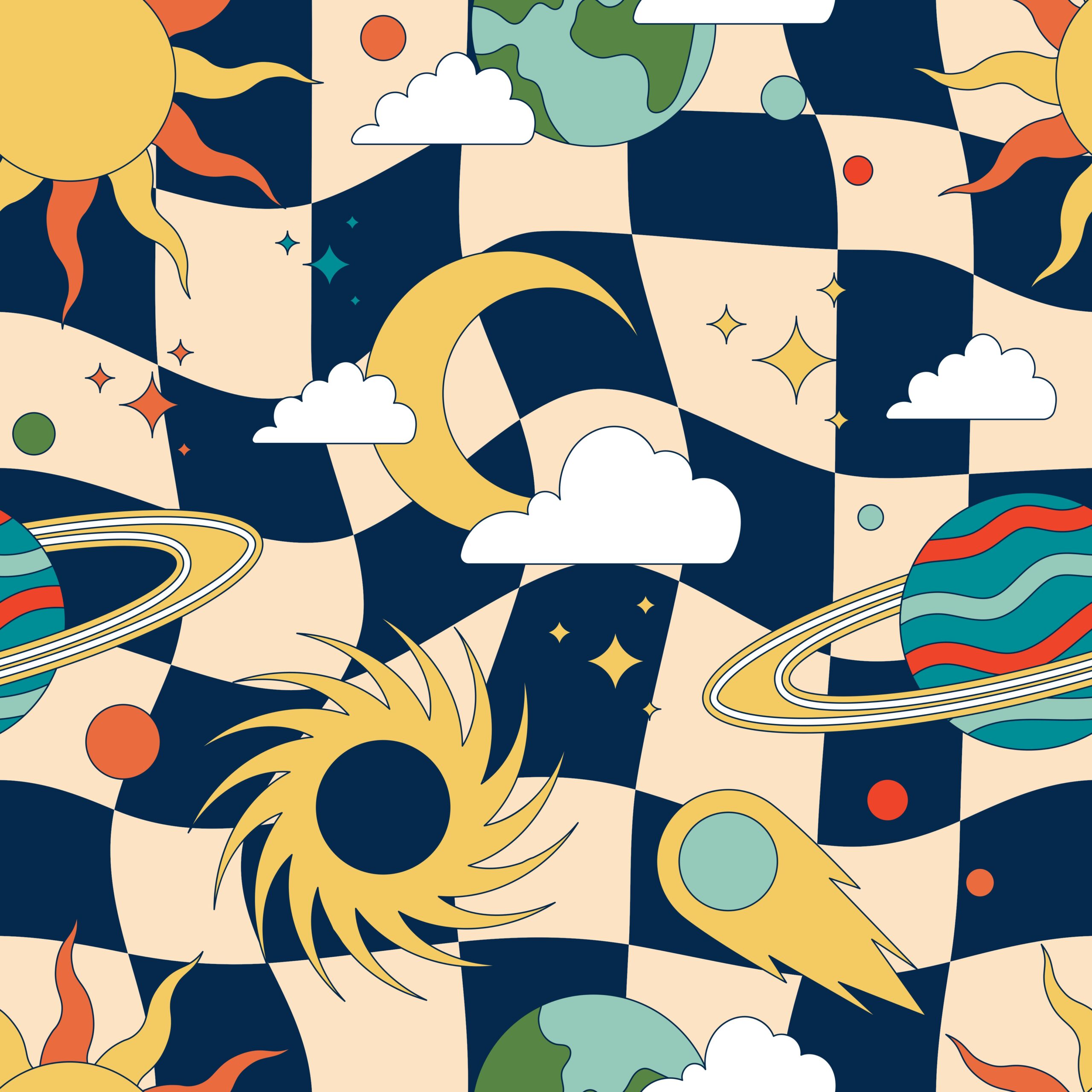 Beatmaking Tips
Beatmaking Tips 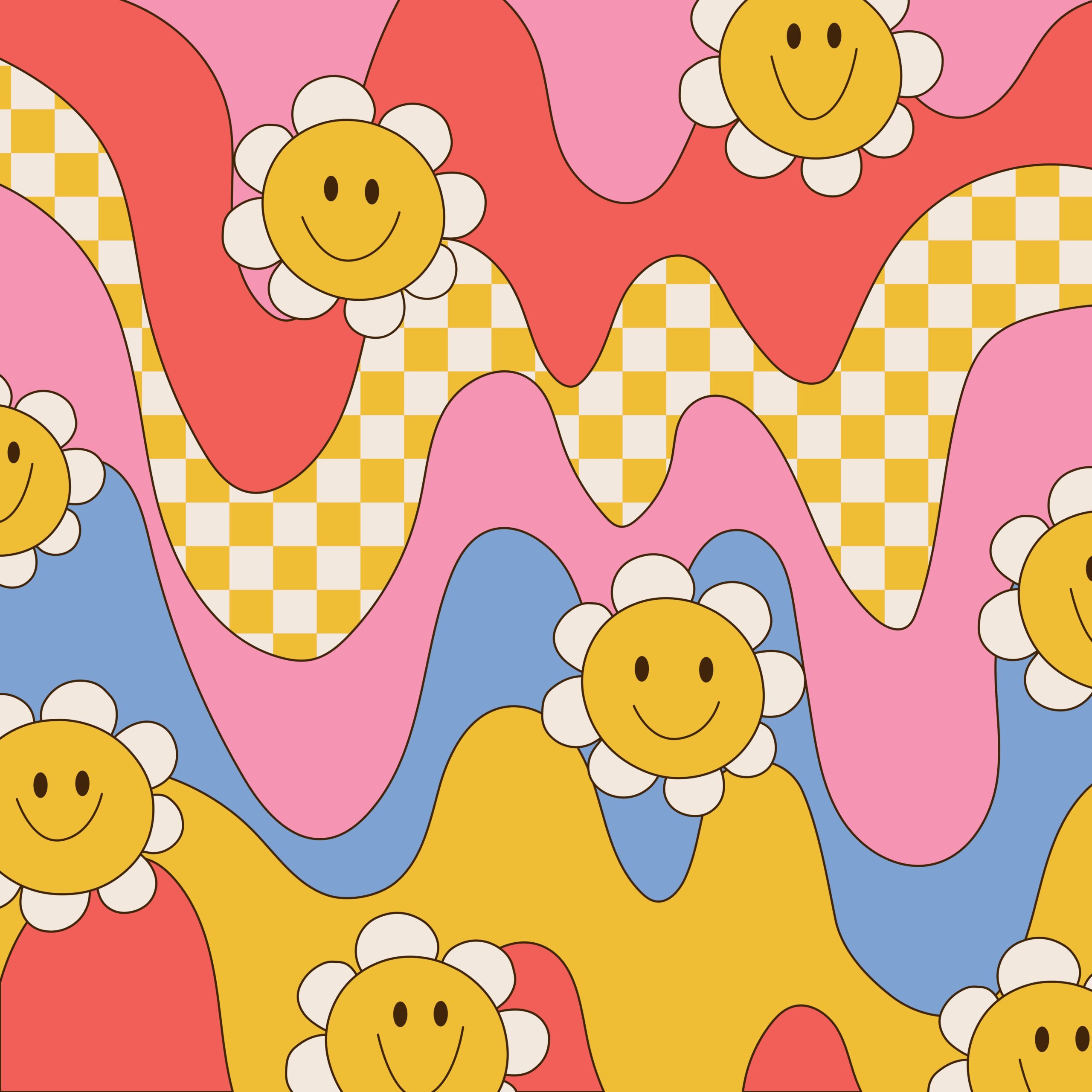 Beatmaking Tips
Beatmaking Tips